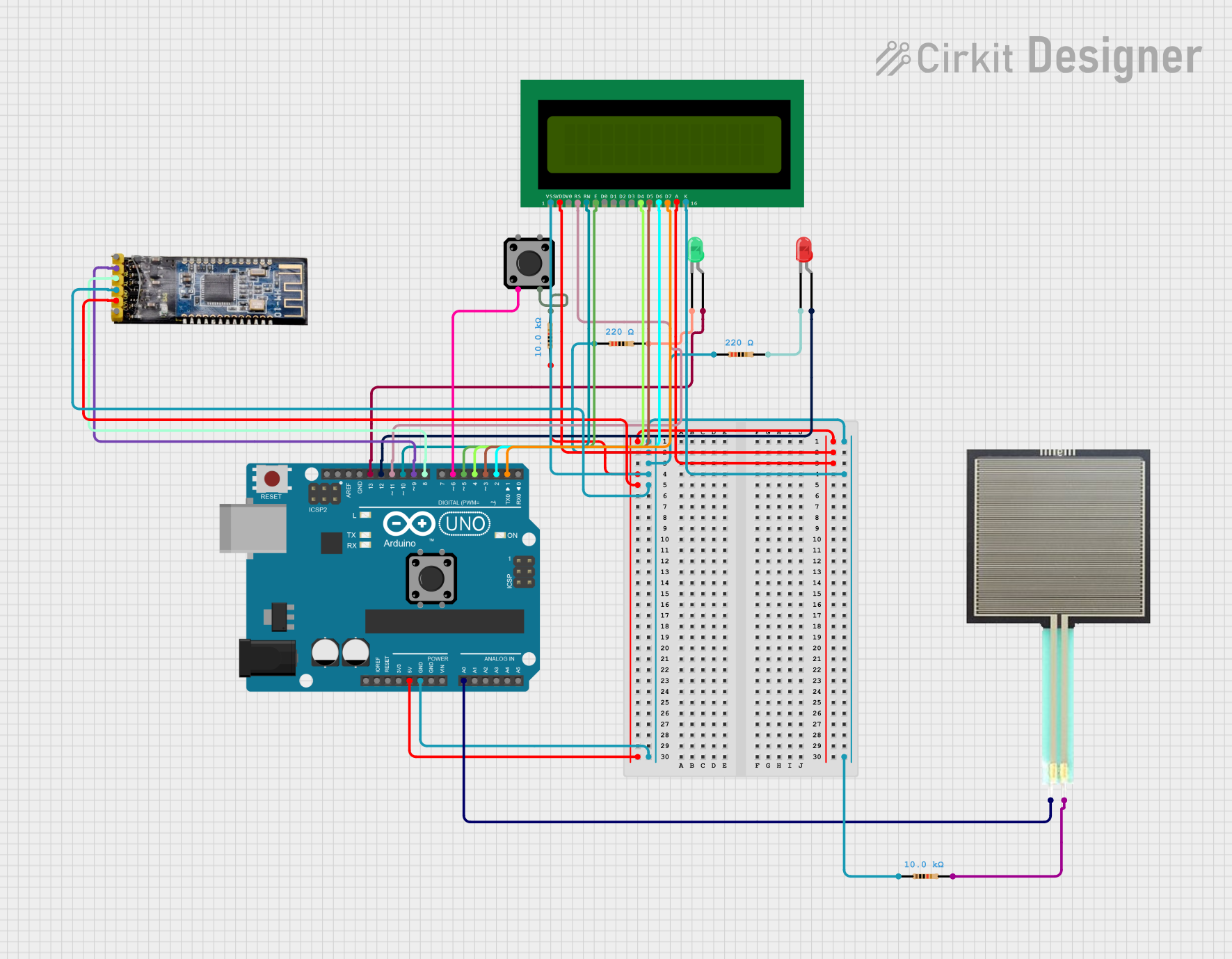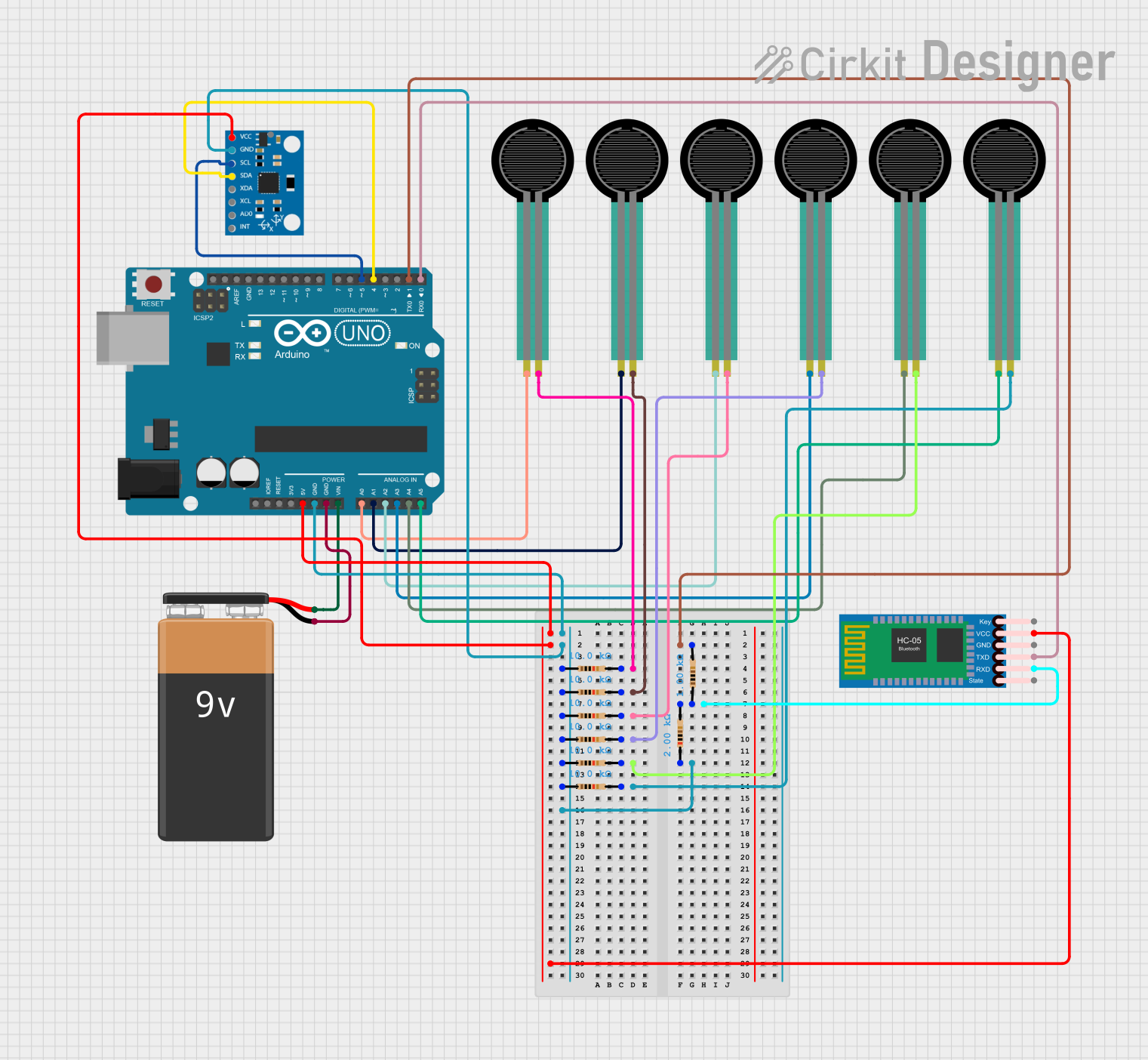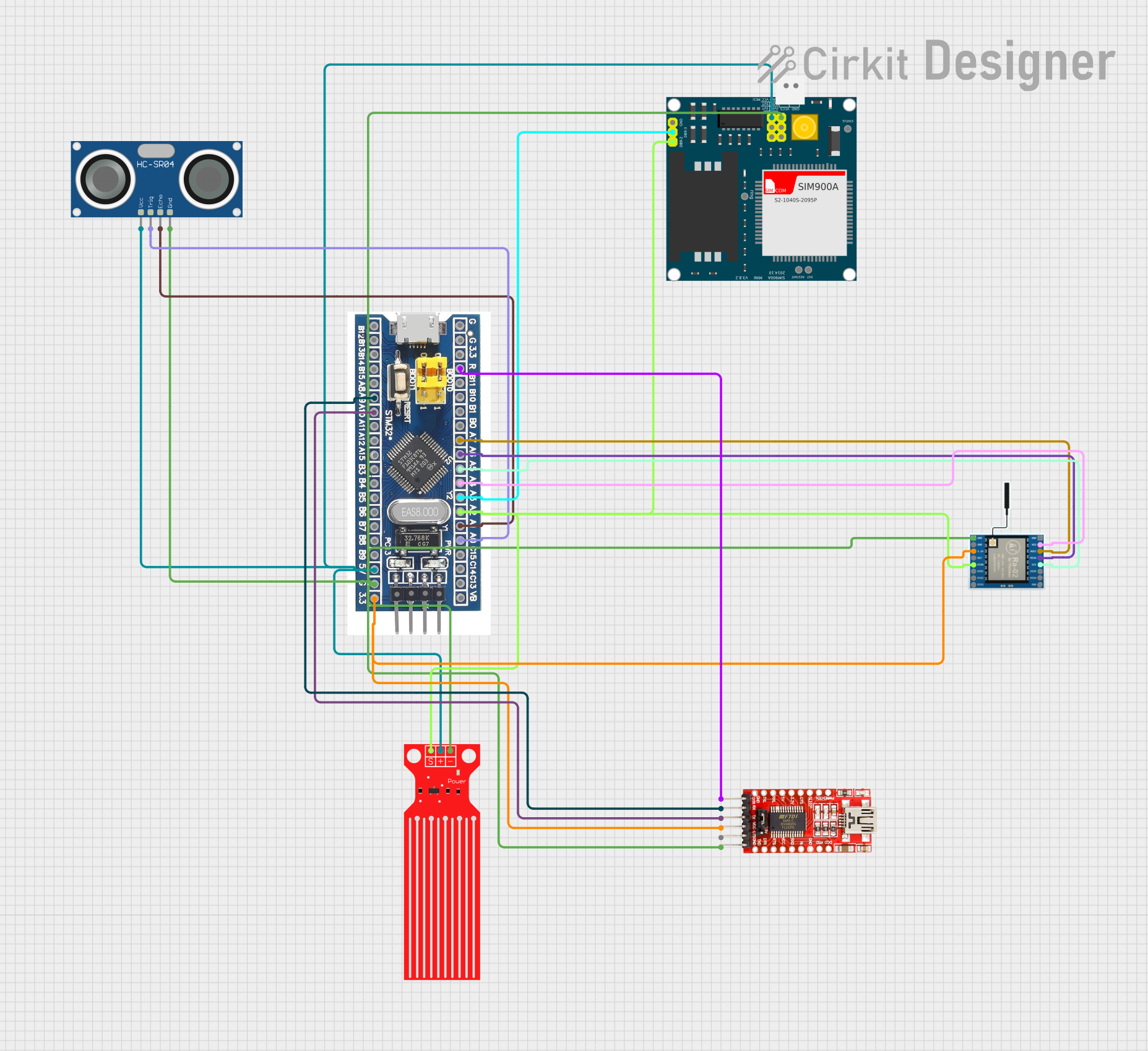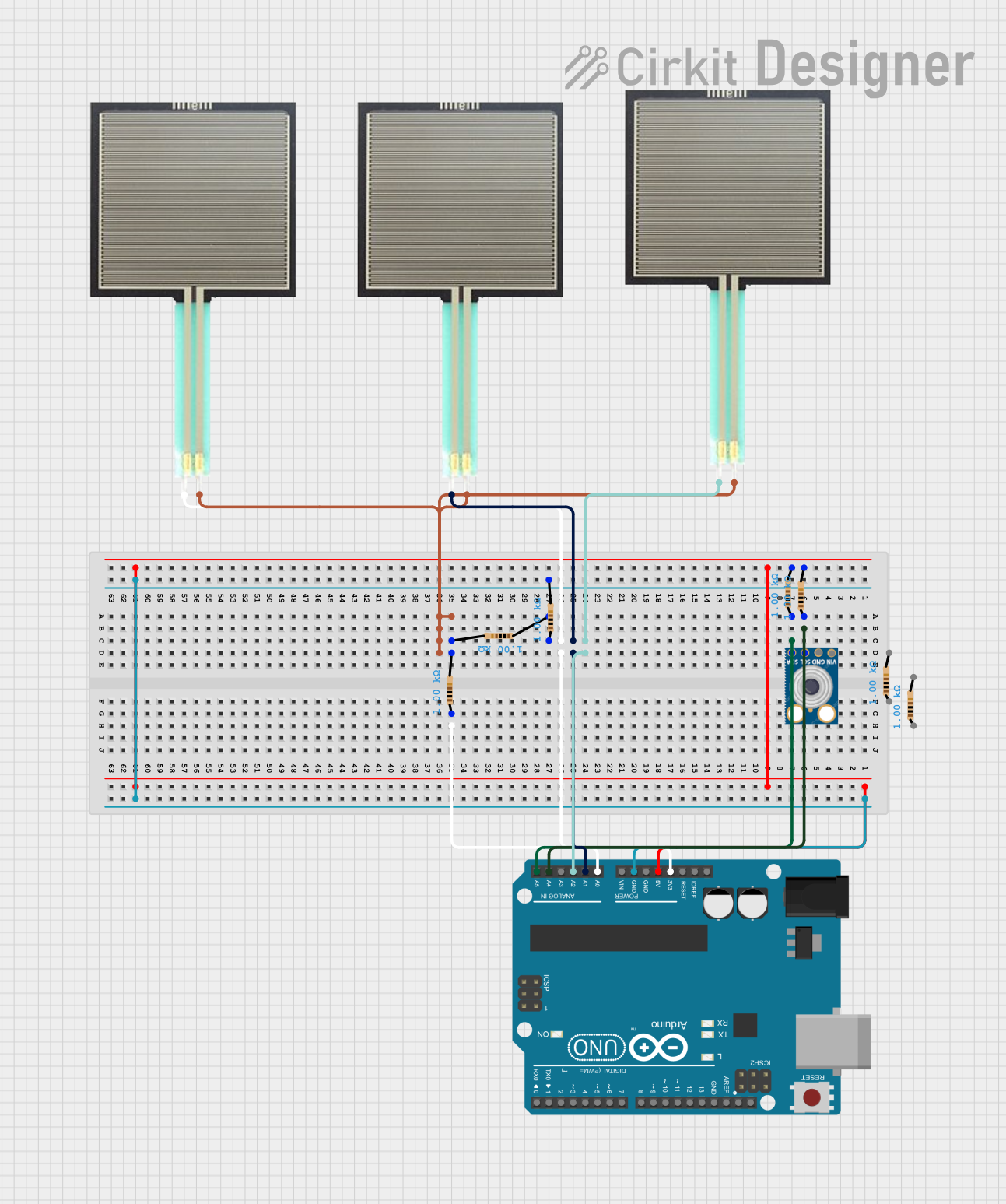
How to Use FRM010: Examples, Pinouts, and Specs

 Design with FRM010 in Cirkit Designer
Design with FRM010 in Cirkit DesignerIntroduction
The FRM010 is a fast recovery diode module characterized by its quick reverse recovery time and low forward voltage drop. This electronic component is designed to cater to high-frequency and high-efficiency rectification circuits, making it an ideal choice for power supply designs, converters, and free-wheeling diodes in various electronic applications.
Explore Projects Built with FRM010

 Open Project in Cirkit Designer
Open Project in Cirkit Designer
 Open Project in Cirkit Designer
Open Project in Cirkit Designer
 Open Project in Cirkit Designer
Open Project in Cirkit Designer
 Open Project in Cirkit Designer
Open Project in Cirkit DesignerExplore Projects Built with FRM010

 Open Project in Cirkit Designer
Open Project in Cirkit Designer
 Open Project in Cirkit Designer
Open Project in Cirkit Designer
 Open Project in Cirkit Designer
Open Project in Cirkit Designer
 Open Project in Cirkit Designer
Open Project in Cirkit DesignerCommon Applications
- Switching power supplies
- DC-DC converters
- Motor controllers
- Inverters for renewable energy sources
- High-frequency rectifiers
Technical Specifications
Key Technical Details
| Parameter | Value | Description |
|---|---|---|
| Blocking Voltage | 10V | Maximum reverse voltage capability |
| Forward Current | TBD A | Maximum allowable forward current |
| Reverse Recovery Time | TBD ns | Time to recover from conducting to blocking state |
| Forward Voltage Drop | TBD V | Voltage drop across the diode when forward biased |
| Operating Temperature | TBD to TBD°C | Permissible junction temperature range |
Note: TBD (To Be Determined) values should be replaced with actual specifications from the manufacturer's datasheet.
Pin Configuration and Descriptions
| Pin Number | Description |
|---|---|
| 1 | Anode |
| 2 | Cathode |
Usage Instructions
How to Use the FRM010 in a Circuit
Orientation: Ensure the diode is oriented correctly with the anode connected to the positive voltage and the cathode to the negative side or to the circuit where the current needs to be blocked from reversing.
Current Rating: Do not exceed the forward current rating of the diode to prevent overheating and potential damage.
Heat Management: If operating near the maximum current rating, consider using a heat sink to dissipate excess heat.
Reverse Voltage: Ensure that the reverse voltage does not exceed the blocking voltage rating of 10V.
Snubber Circuit: In inductive load applications, a snubber circuit may be necessary to protect the diode from voltage spikes.
Best Practices
- Use a current-limiting resistor if the forward current is not well-defined.
- Employ proper ESD precautions when handling the diode to prevent damage.
- Verify polarity with a multimeter before power-up to avoid reverse biasing.
Troubleshooting and FAQs
Common Issues
- Diode not conducting: Check for correct orientation and ensure that the forward voltage is sufficient.
- Overheating: Ensure the current does not exceed the rated value and that adequate heat sinking is provided.
- Unexpected voltage drops: Verify that the diode is not in a partial breakdown due to excessive reverse voltage.
Solutions and Tips
- Diode Orientation: Use a multimeter in diode mode to confirm the anode-to-cathode direction.
- Heat Dissipation: Attach a heat sink or improve airflow around the diode if overheating occurs.
- Circuit Protection: Consider using a transient voltage suppressor (TVS) diode in parallel for additional protection.
FAQs
Q: Can the FRM010 be used in AC rectification circuits? A: Yes, the FRM010 can be used in bridge rectifiers or as individual diodes for AC to DC conversion, provided the frequency and voltage ratings are within its specifications.
Q: What is the significance of the fast recovery time? A: Fast recovery time minimizes power loss and noise in high-frequency applications, improving overall efficiency.
Q: How do I know if the diode is damaged? A: A damaged diode may show a short circuit or an open circuit when measured with a multimeter in diode mode.
Note: This documentation is a general guide and should be supplemented with the actual datasheet of the FRM010 for precise specifications and conditions.